A Sea Cucumber is an oblong sea creature in the Holothuroidea class. Researchers recognize at least 1,700 different species. They place all of the various species in the taxonomic phylum Echinodermata. This means that their closest relatives include starfish and sea urchins. Read on to learn about the Sea Cucumber.
Description of the Sea Cucumber
This group contains a wide variety of different colors and sizes. However, most have a similar elongated body shape, similar to that of a rather lumpy cucumber. Most species measure anywhere between a few inches and a foot long. However, the largest species reaches length of up to 10 feet!
Interesting Facts About the Sea Cucumber
A wide variety of different species exist. Learn more about a few unique species, below.
- Tiger’s Tail – This species has one of the longest body lengths of any species. It often exceeds six feet in length. Its name comes from its multitude of stripes, which give it the appearance of a tiger’s tail.
- Pineapple Sea Cucumber – This Endangered species has multiple growths on the skin of its body. These growths, known as “teats,” have star-like shapes and cover the entire body. People in Asia often eat this species.
- Sandfish – Another Endangered species, this creature gets its name from the sandy coloration of its skin. People have eaten this species for many years, and this pressure has reduced populations significantly. For this reason, many hatcheries in Asia raise this species in tanks to restock wild populations.
- Giant California Sea Cucumber – This species has uniquely striking coloration, with red skin and orange growths. They prefer intertidal zones with rocky bottoms.
Habitat of the Sea Cucumber
These creatures live in a wide variety of different habitats. All but a select few live on the sea floor, though a handful of species can swim. A large number of species live in deep waters. In the deep sea, these creatures make up the bulk of living organisms. Many also live in shallow waters, including rocky intertidal zones.
Distribution of the Sea Cucumber
You can find these creatures in oceans virtually worldwide. Some species live across vast regions, while others occupy only a small area. They only live in saltwater habitats, and do not range into freshwater. Though they live in every ocean, the greatest species diversity occurs in the western Pacific Ocean.
Diet of the Sea Cucumber
Most of the various species scavenge for anything edible. They feed on detritus, or decaying matter, that drifts to the sea floor. Their mouths have rows of tentacles around them, which they use to sift through the sand in search of anything edible. They also use the tentacles to catch food as it drifts by.
Sea Cucumber and Human Interaction
People do not interact with the vast majority of species. However, humans do catch and eat a number of different Holothuroids. People, particularly in Asia, have been eating these creatures for thousands of years. Some also dry them and use them for medicinal purposes, the effectivity of which has yet to be fully determined.
Domestication
Humans have not domesticated these creatures.
Does the Sea Cucumber Make a Good Pet
No, you wouldn’t want a Sea Cucumber as a pet. Some people keep them in saltwater aquariums, but their maintenance and upkeep is quite time consuming and expensive.
Sea Cucumber Care
People in some regions raise these creatures in aquaculture tanks. Some aquariums also keep them, particularly for use in touch tanks. They house them in saltwater aquariums with parameters close to their natural habitat, including salinity, depth, pH, temperature, and more.
Behavior of the Sea Cucumber
One of the more popularly known behaviors of this creature is its ability to expel its insides from its anus in self-defense. In reality, these sticky strings, known as Cuvierian tubules, are not the cucumber simply spitting all its “guts” out, but a specialized defensive system. The tubes grow back in a week or two.
Reproduction of the Sea Cucumber
Though reproductive rates and habits vary by species, most reproduction occurs via spawning. The cucumber releases its eggs and sperm into the water at a given time, usually determined by light or temperature. A handful of species carry the fertilized eggs within their bodies to give “live” birth.

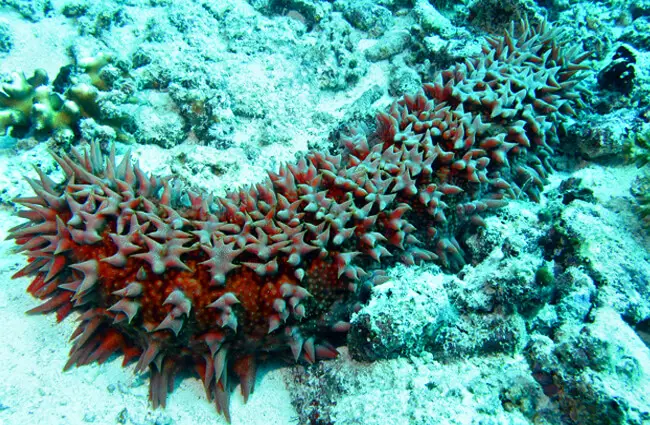


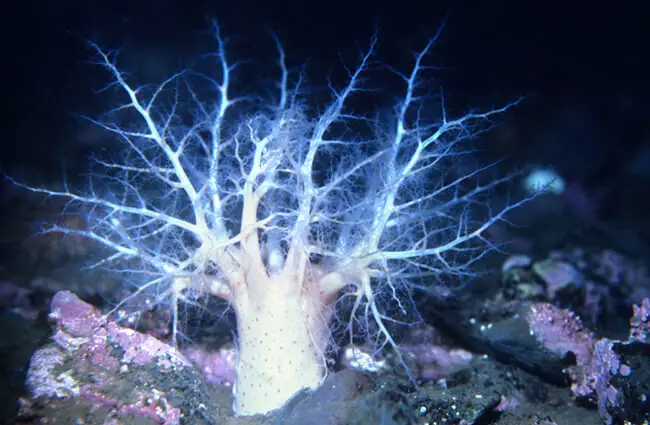


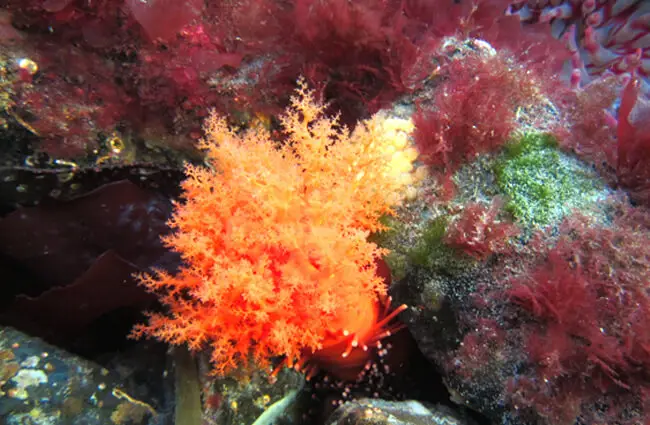
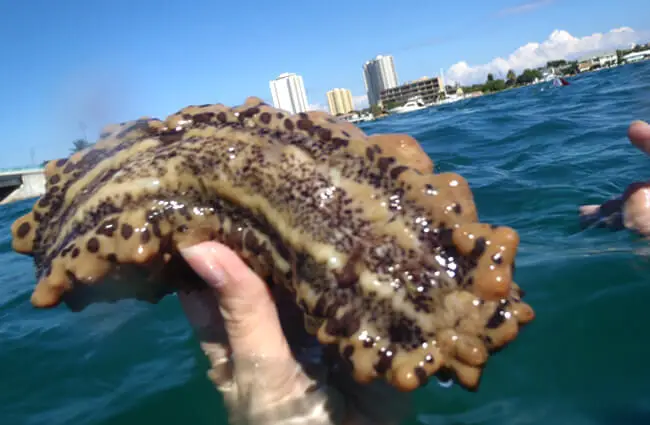
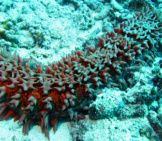
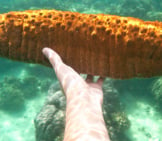
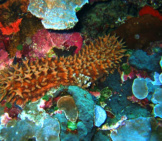

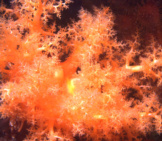
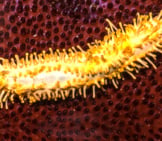
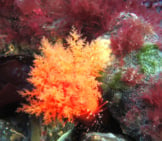
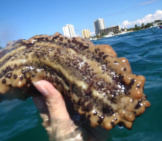
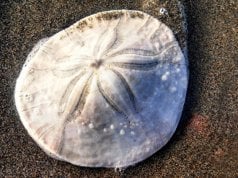
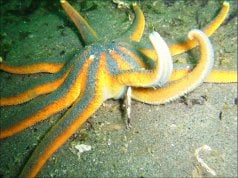
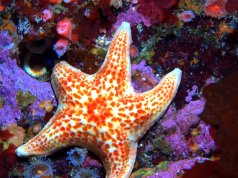






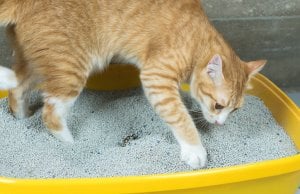



![Red Angus Closeup of a beautiful Red Angus cowPhoto by: U.S. Department of Agriculture [pubic domain]https://creativecommons.org/licenses/by/2.0/](https://animals.net/wp-content/uploads/2020/03/Red-Angus-4-100x75.jpg)

